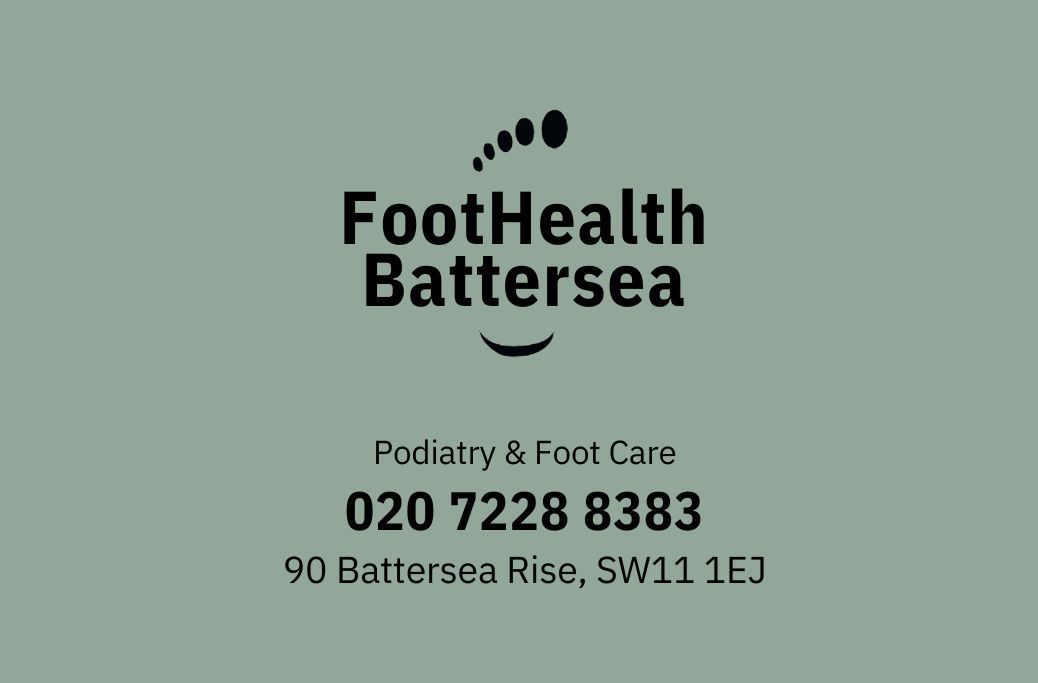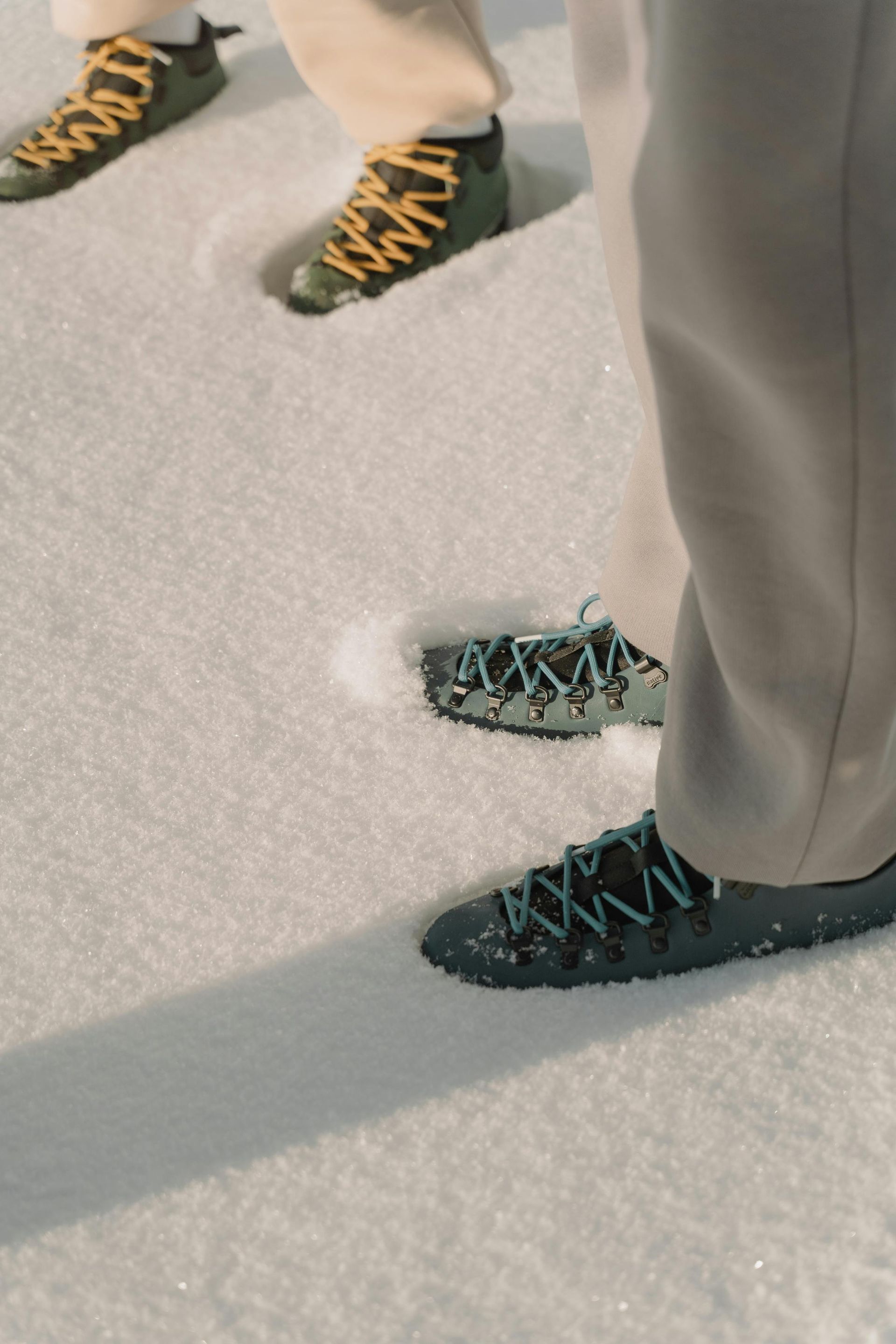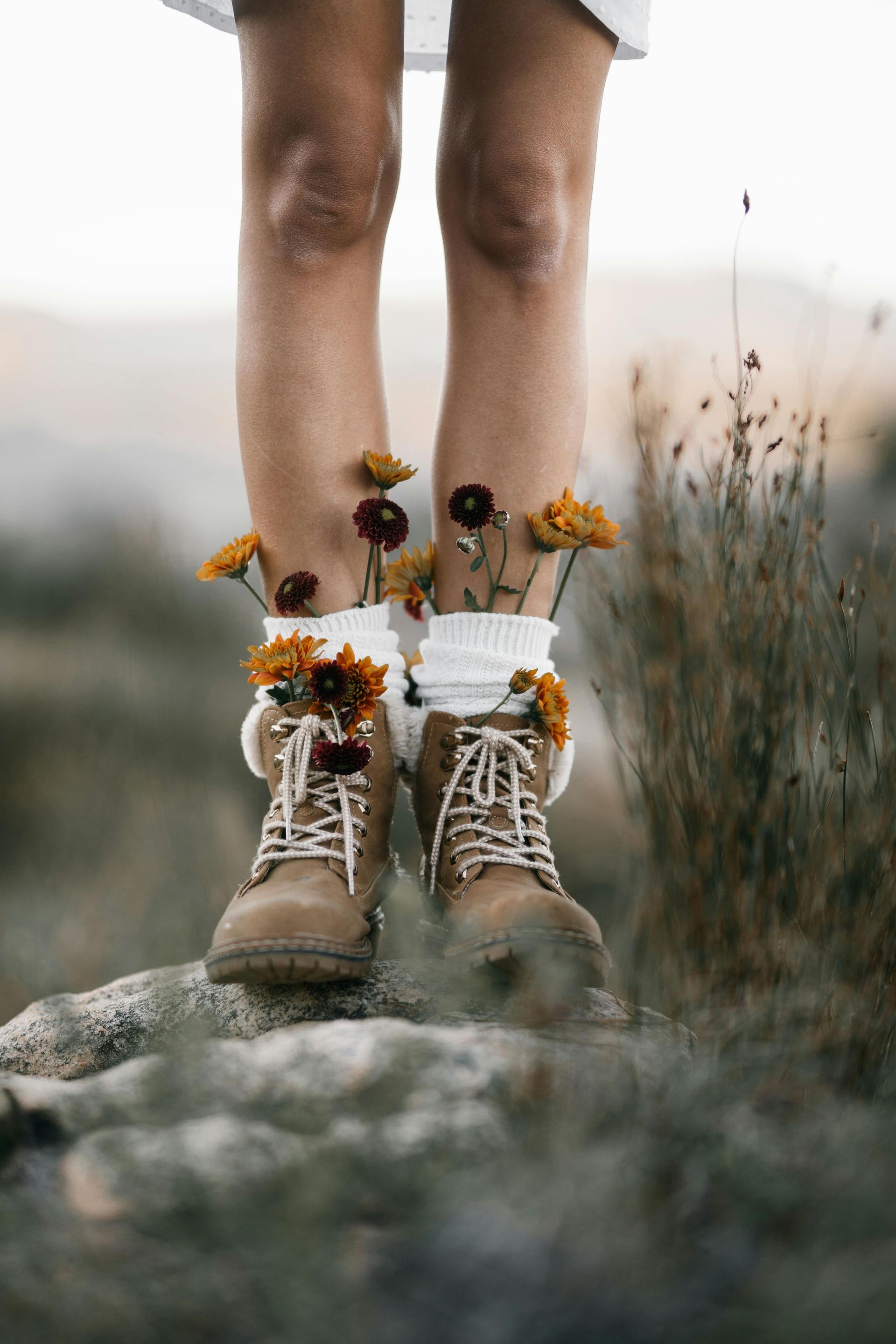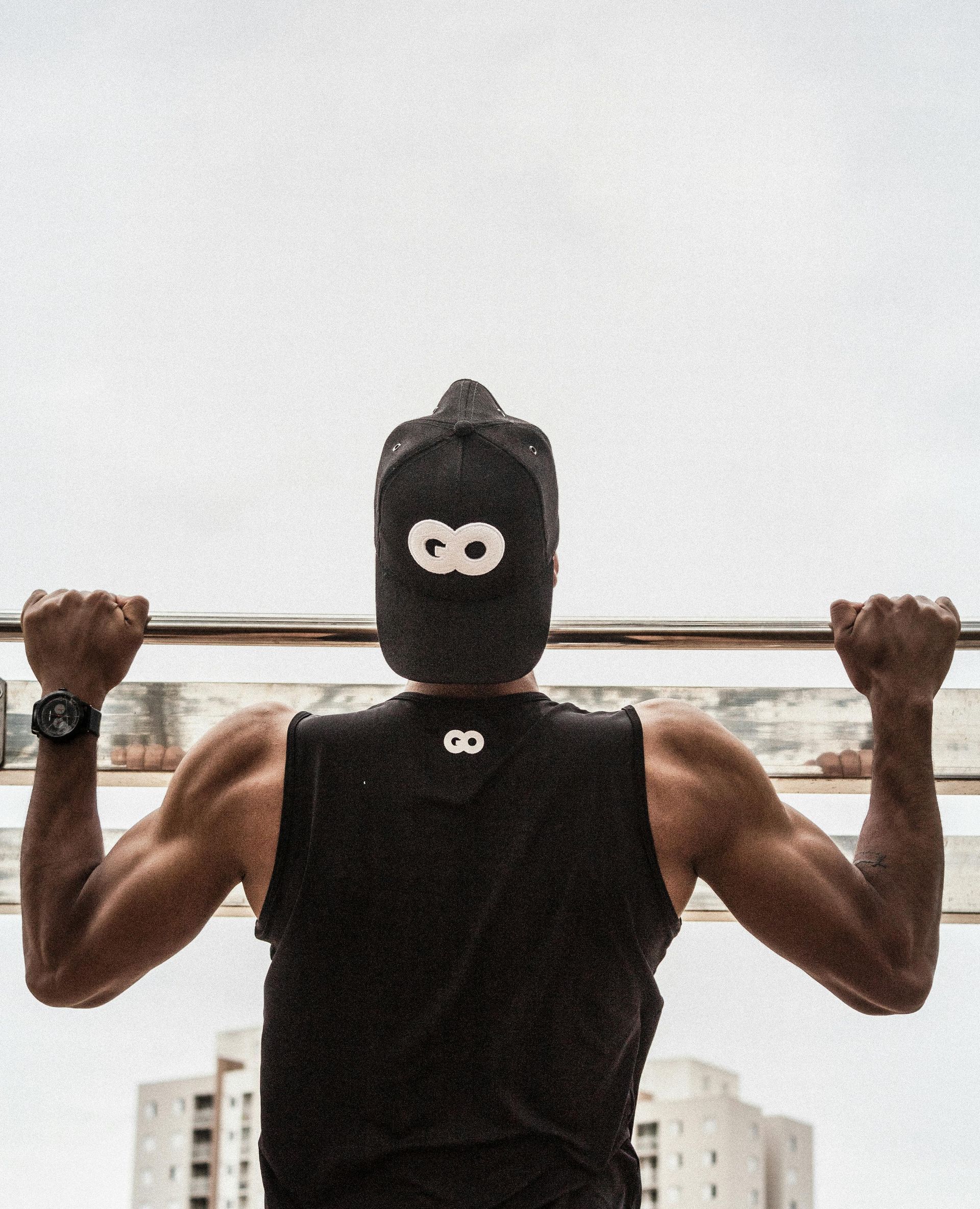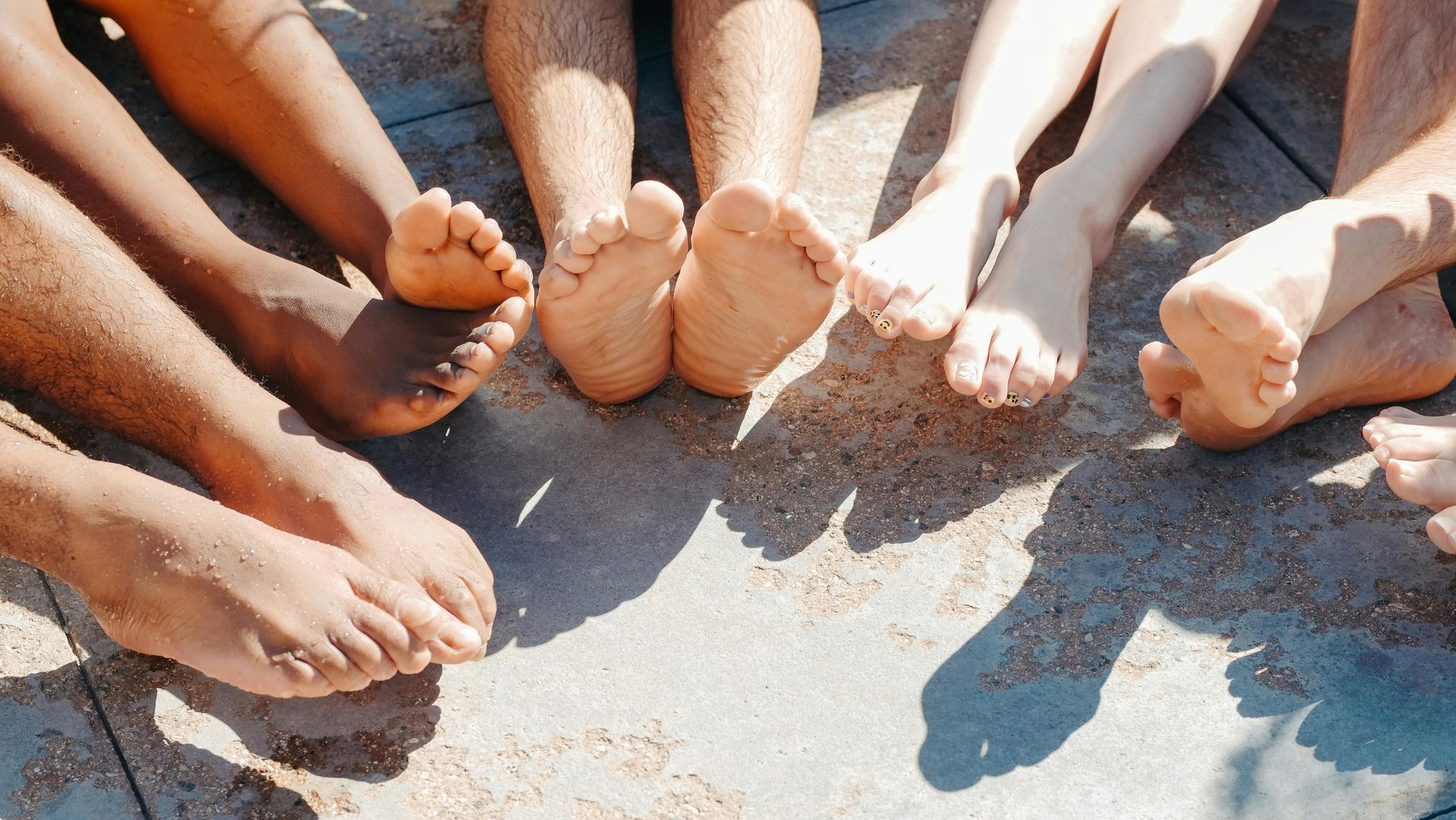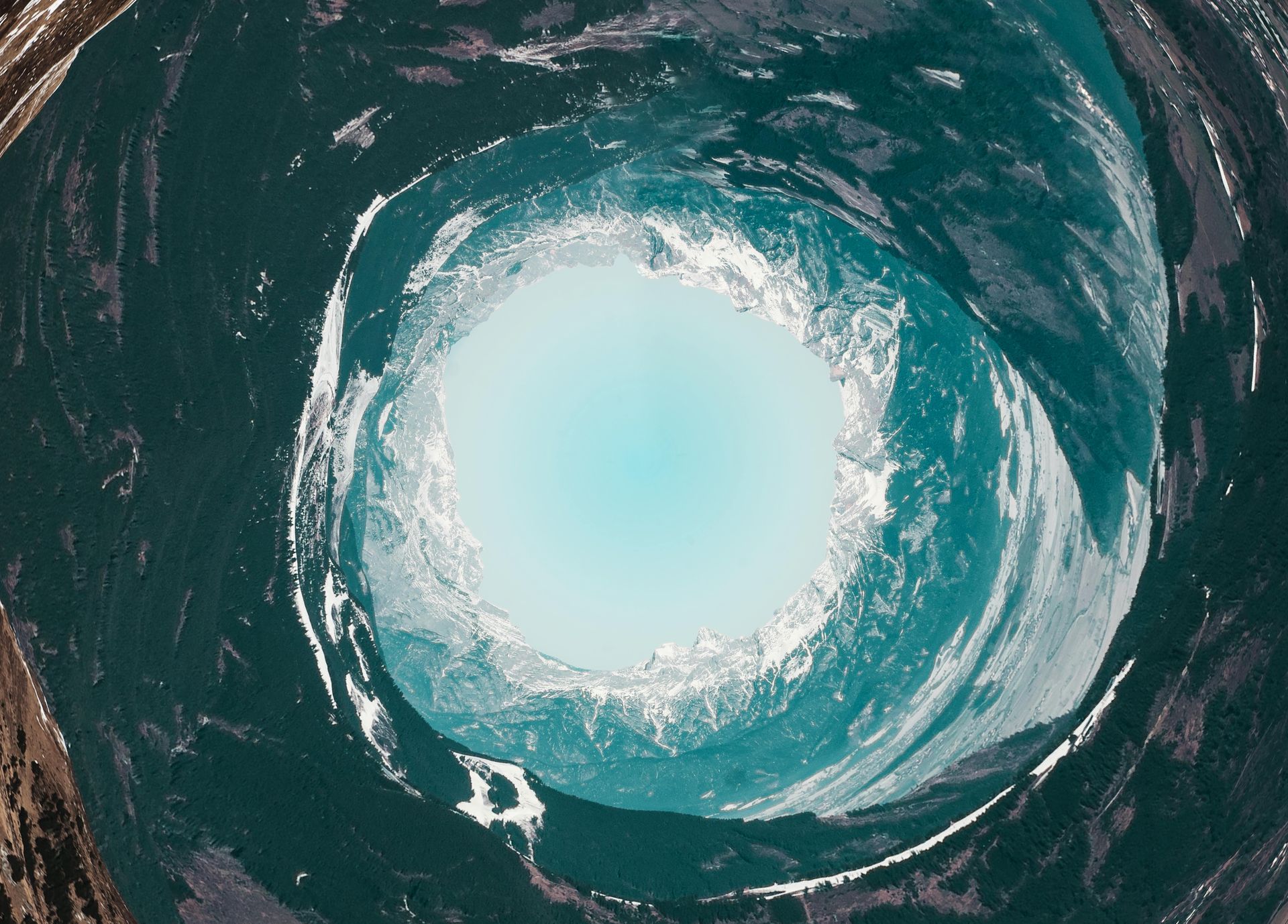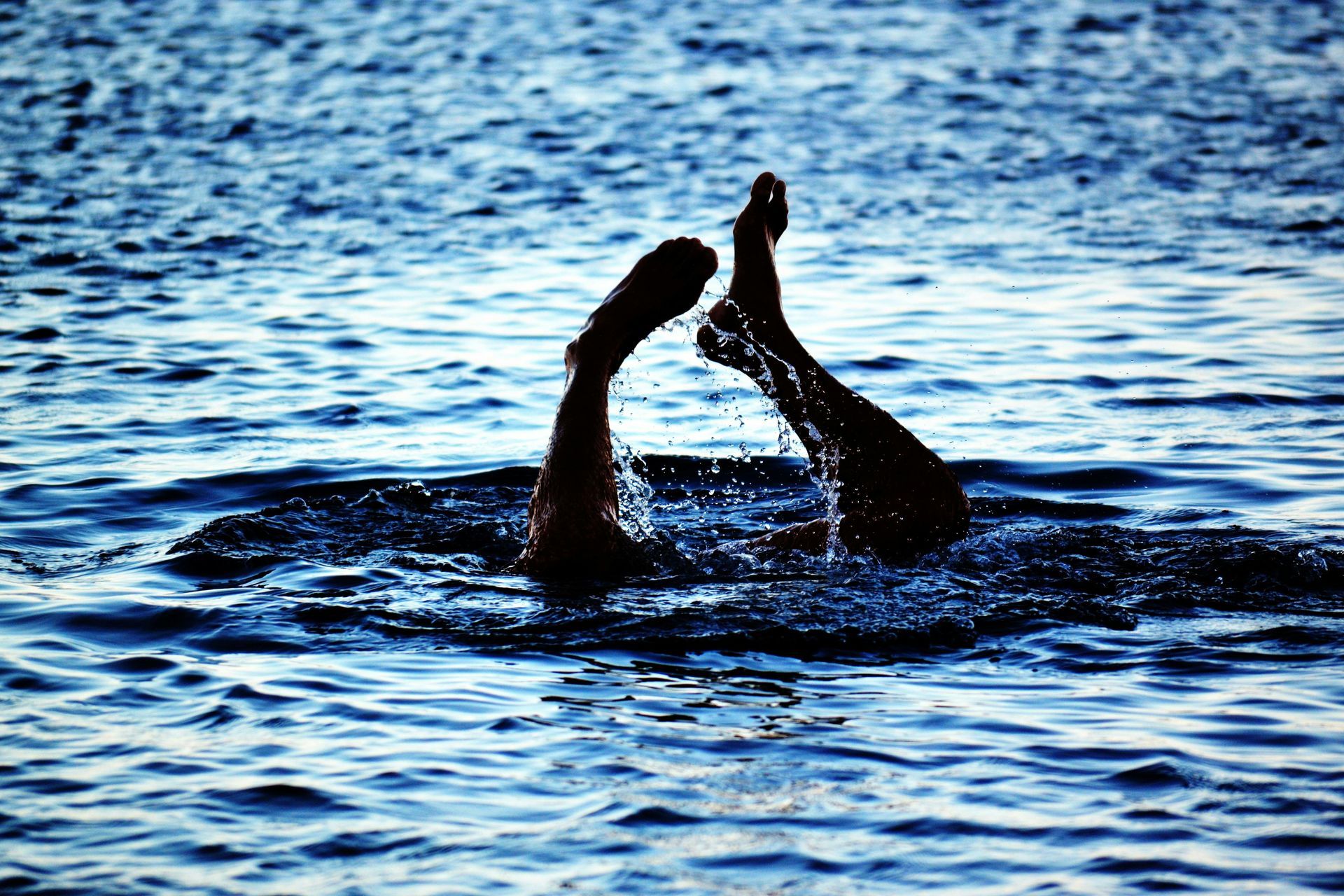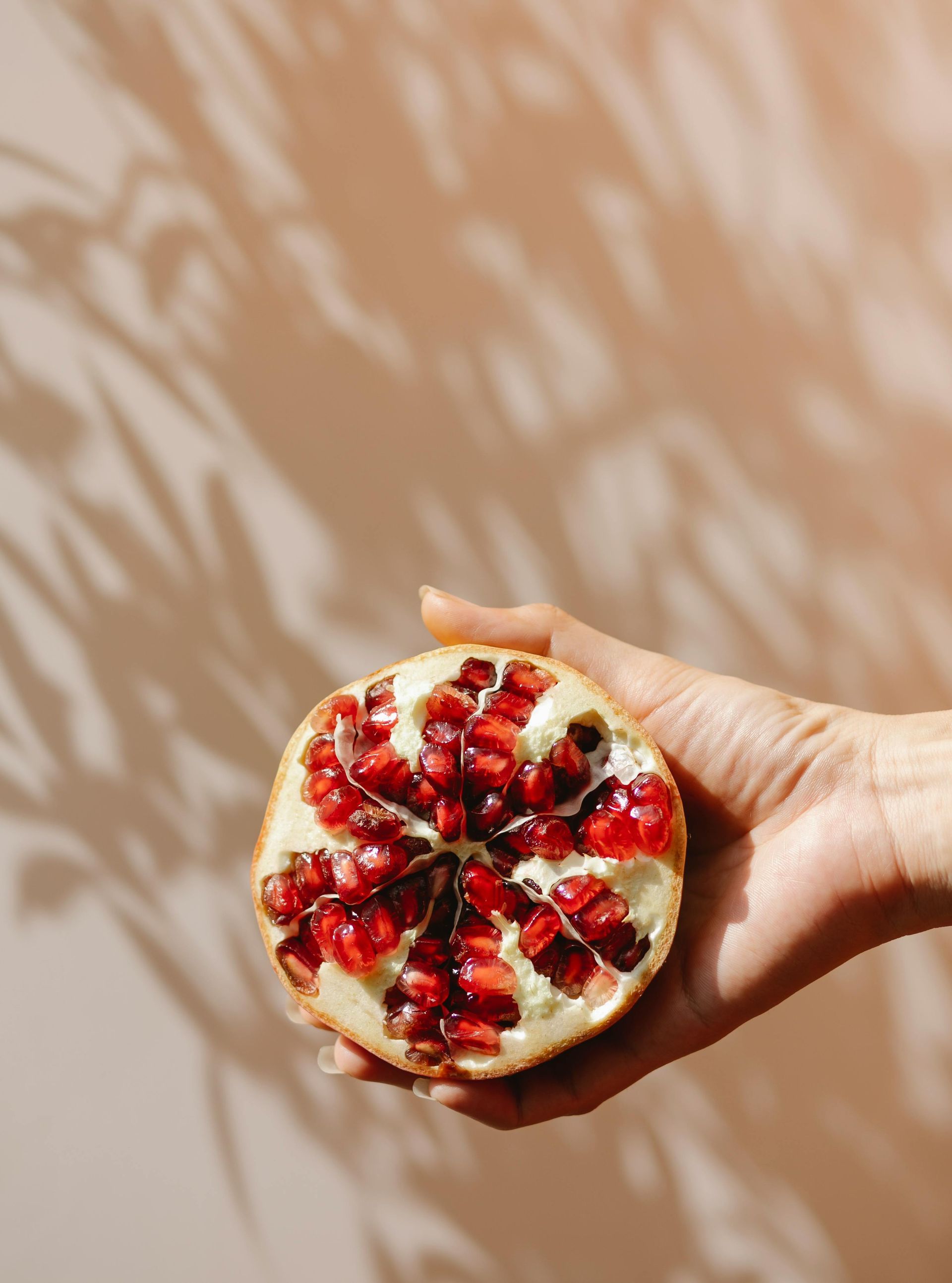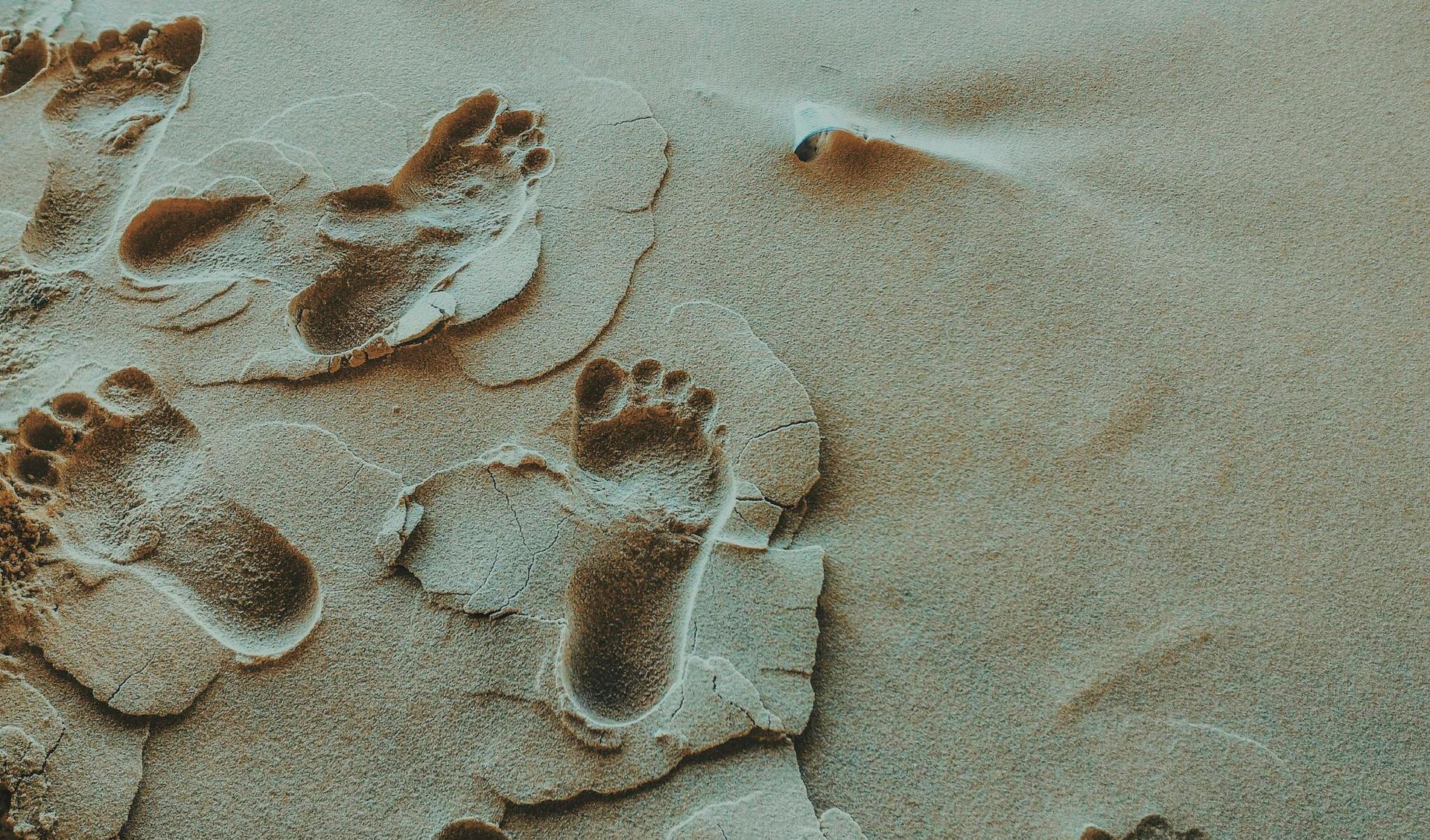Cold Weather Foot Care For The Elderly
Val Reeves • 24 September 2020
Looking after elderly feet as the weather gets colder...
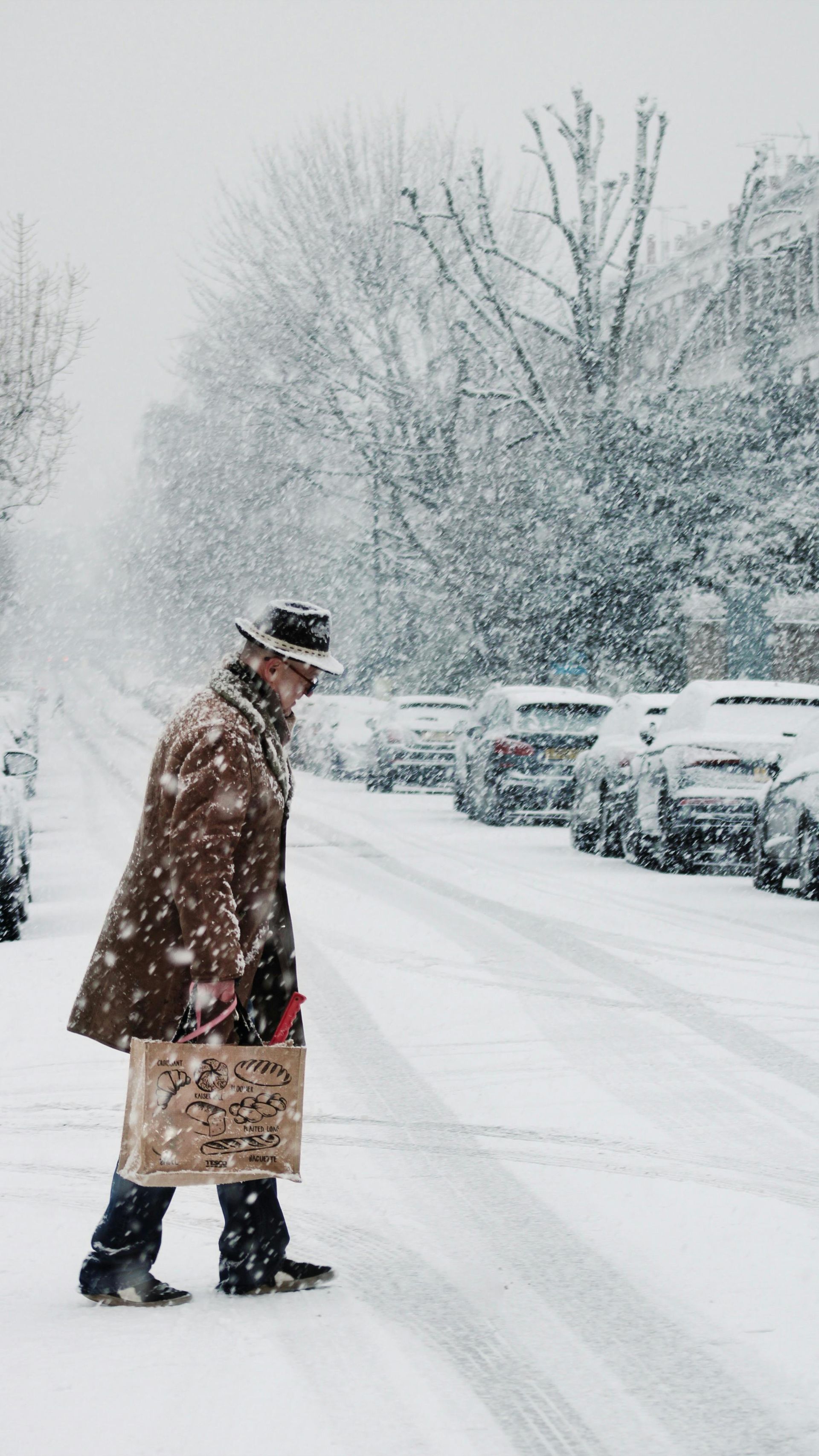
As the temperature starts to drop, our bodies require us to make changes, switching from light summer t-shirts
to warm winter jackets (I for one love a winter woolly pully!), salads and sandwiches to hearty stews...
and there are also changes that we need to make when it comes to our foot care, especially for the elderly.
I spoke to our Podiatry team to ask them what are the most common conditions to look out for in
elderly feet over the colder months.
Chilblains
Chilblains are caused by an abnormal reaction within the body when going from cold temperatures to warmer temperatures. In colder temperatures the tiny blood vessels in the feet constrict (narrow), stopping blood moving around as easily, and therefore, minimising the heat loss within the blood and preserving the internal body core temperature. When rewarming the body temperature, if this is done too fast, these blood vessels fully open and allow blood back to the area faster than normal, this causes inflammation within the vessels, known as chilblains.
Chilblains usually present a few hours after being in the cold - in the normal way on your fingers or toes, however, they can present on other areas of the body. They appear as small red, swollen patches, and will normally cause irritation and itchiness and on rare occasions can be painful.
Treatment of chilblains can depend on the presentation, with any chilblains it is important not to put pressure on the area with footwear.
If the chilblain is unbroken then an over the counter propriety ointment can be used, your pharmacist can advise.
However, if broken, the area will need to be dressed, in the normal way with an anti-septic dressing to avoid ulceration.
It is very important to ensure that the feet are dry and that when changing from cold weather to warmer weather (maybe coming indoors if it is cold outside) that you do not try and warm the feet too fast, this includes avoiding putting them in front of a fire or radiator and allowing them to warm up gradually.
If you get chilblains that are not improving, or you notice any signs of infection, it is imperative that you see a Foot Health Specialist. This is also the case for anyone that has affected circulation for example from diabetes and suspects that they have chilblains as they will be more susceptible to ulceration.
Circulation
Keeping mobile when elderly is essential for maintaining good circulation. The best way of doing this is with swimming in an indoor pool, if this is not possible then walking is the next best thing. Ensuring hot drinks and soups are taken regularly will also help keep the body core warm.
Fleecy lined boots are best for when outside, and it is important to ensure that the feet do not become wet by wearing water proofed natural fabrics such as leather.
It is particularly important to look after the condition of the skin as it can get very dry and can crack or tear easily. Moisturising regularly is crucial to avoid this, and a product such as the Dr Anders Daily Nourishing Therapy would be ideal for this.
In addition, keeping the feet elevated whenever possible and asking for advice on exercises that can be done with the feet whilst sitting will help reduce swollen ankles and can be provided by a Podiatrist to help improve circulation.
It is also important to stay hydrated by drinking lots of water. Although many elderly people are worried about drinking too much water, the body will balance out how much is drunk after a short amount of time, so will not mean lots of extra stops at the bathroom. In addition, staying hydrated can stop the skin from becoming as dry and thin.
General Elderly Foot Care
As we age the nails thicken and this can cause additional pressure on the toes especially when wearing shoes. Arthritic changes to the hands of the elderly person together with decreased mobility and possible sight problems can all make looking after their own nails difficult, therefore, going to a Podiatrist for them to thin the nails and to receive advice on how to continue at home can help reduce the risk of future discomfort.
It is imperative that the elderly do not use medicated corn plasters if they suspect that they have corns or callus, these can be very dangerous on elderly skin. Instead it is better to seek treatment and advice from your podiatrist on the best plan for you.
